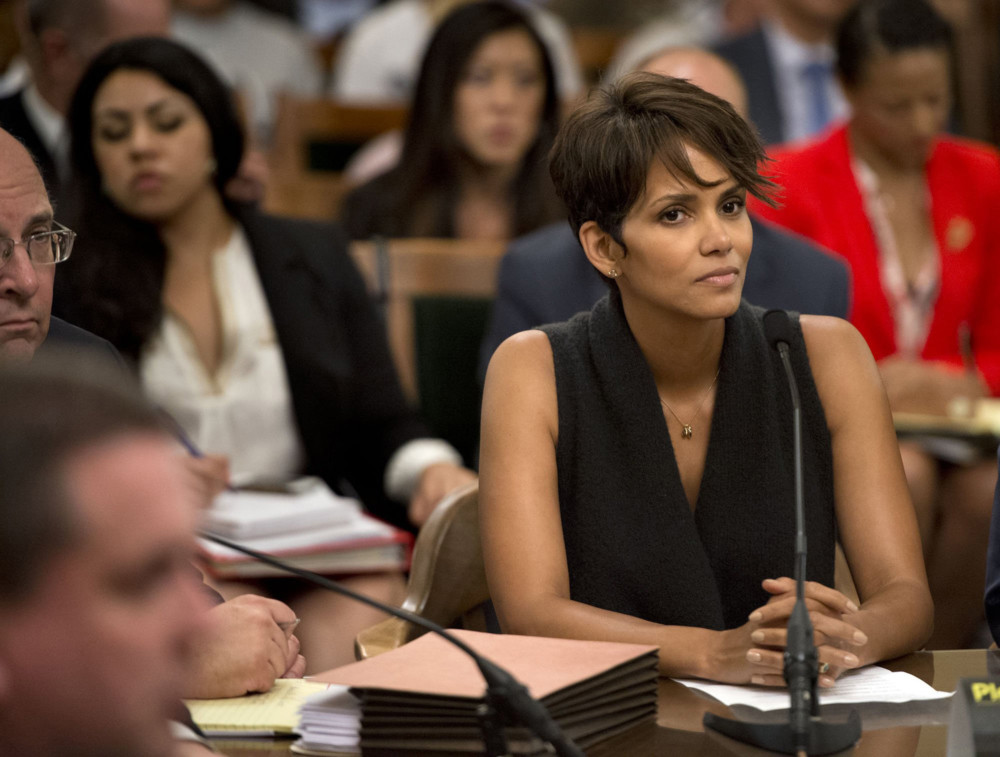By Mathilde Dratwa
Los Angeles Times
WWR Article Summary (tl;dr) Great piece by Mathilde Dratwa, a film director and founder of “Moms-in-Film”. Dratwa points out, directors, especially women, often find it hard to get their second features greenlighted, a struggle that frequently corresponds to the stage in their lives when it makes the most sense to start a family. Parent-friendly practices would help women in this situation sustain their careers.
Los Angeles Times
In 2015, the Equal Employment Opportunity Commission began investigating allegations of Hollywood’s systematic discriminatory hiring practices against female directors. By February of this year, the major Hollywood studios were in settlement talks with the EEOC, according to the website Deadline Hollywood.
It is not yet clear what measures the studios will take to resolve the issue, but industry representatives reportedly rejected a variation of the NFL’s “Rooney Rule,” used to increase racial diversity among pro football coaches. Applied to Hollywood, it would require studios to interview female candidates and candidates of color for every director job.
Insisting on inclusive hiring is hardly a revolutionary idea. Producer-director-writer Ryan Murphy has already surpassed his own goal of hiring 50 percent female directors on his TV shows, and he asks each of his department heads to hire 50 percent women as well: “If you don’t have them, like the grip department, train them.” Similarly, director Ava DuVernay dictates that department heads on her projects can’t bring her all-white, all-male crew hire lists.
The more studios put such hiring practices into place, the better the industry’s chances of addressing its gender imbalances.
But other measures would also be effective. It is no secret that child-care responsibilities overwhelmingly continue to fall on mothers. Simply by adopting parent-friendly practices, Hollywood would be all but guaranteed an increase in its female workforce.
Just look at the numbers. Of the 125 people appearing on the Hollywood Reporter’s 2016 list of powerful players in the industry, 105 were men (84 percent) and only 20 were women (16 percent).
What is seldom talked about, however, is a further disparity: The list included 70 dads (56 percent ), but only 11 moms (8.8 percent).
Even though the United States is one of only two countries in the world that does not guarantee paid maternity leave, some companies, especially in Silicon Valley, offer parents of any gender a substantial amount of paid time off when a child is born or adopted.
Netflix’s policy, for example, allows new parents to take up to a year off with pay. The major Hollywood studios should follow suit.
But because production work mostly falls to freelancers, parental leave is only a partial answer for women in the industry.
It would improve conditions for full-time studio employees, but that won’t increase the number of female directors, for example.
Directors, especially women, often find it hard to get their second features greenlighted, a struggle that frequently corresponds to the stage in their lives when it makes the most sense to start a family. Parent-friendly practices would help women in this situation sustain their careers.
Mothers who freelance in any of the crafts in film and television have a number of challenges to deal with: financial uncertainty, frequent travel to ever-changing locations, long and irregular hours, and complicated access to health care. They are likely to be union members, but union health care usually depends on the number of weeks worked per year, and getting pregnant, giving birth and handling the demands of a new child can cut into those totals.
Finding adequate child-care when the length and location of work is so variable is another conundrum. One director recently told me that her kids think she’s out of town when she’s just working. “I leave before they wake up,” she said, “and return after they are asleep.”
Once her first film was completed, she thought she’d be able to adopt a more rational schedule. She hadn’t factored in the need to spend months traveling the world on the festival circuit in order to capitalize on networking opportunities and find distribution. “I took meetings while breastfeeding. I trusted strangers with my kids in foreign cities. It was intense. I rarely attended screenings, even my own, because I didn’t want to be separated (from my children) longer than was necessary.”
The industry should be a leader in more parent-friendly practices. Studios frequently take a hit to their bottom line when celebrities make lavish demands, such as private jets, bodyguards and yachts. But as Zoe Saldana remarked, their response is different when it comes to child-care: “Nope, we don’t pay for nannies.” Changing that attitude would show parents, and mothers in particular, that the industry values their voices and their contributions to the workforce.
Hollywood could, and should, help mothers juggle parenthood with their careers by providing child-care on set or shortening work hours (which, incidentally, would provide safer and saner conditions for all; working 12-15 hours a day, which isn’t unusual, leads to frequent accidents). A shift to better work rules would increase the number of women working in film and the longevity of their careers.
Setting schedules that take family life into account would especially increase the number of women over age 40, a demographic that desperately needs more representation on and off screen.
Providing child-care, shortening long work hours and supporting mothers and fathers who re-enter the workforce after a parenting hiatus, could go a long way toward eliminating the industry’s notorious gender problem.
___
ABOUT THE WRITER
Mathilde Dratwa is a film director and founder of Moms-in-Film. She wrote this for the Los Angeles Times.














































































































































































































































































































































































